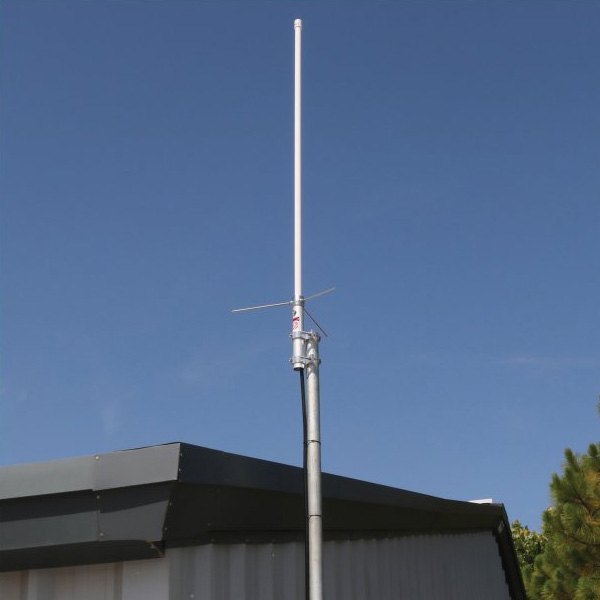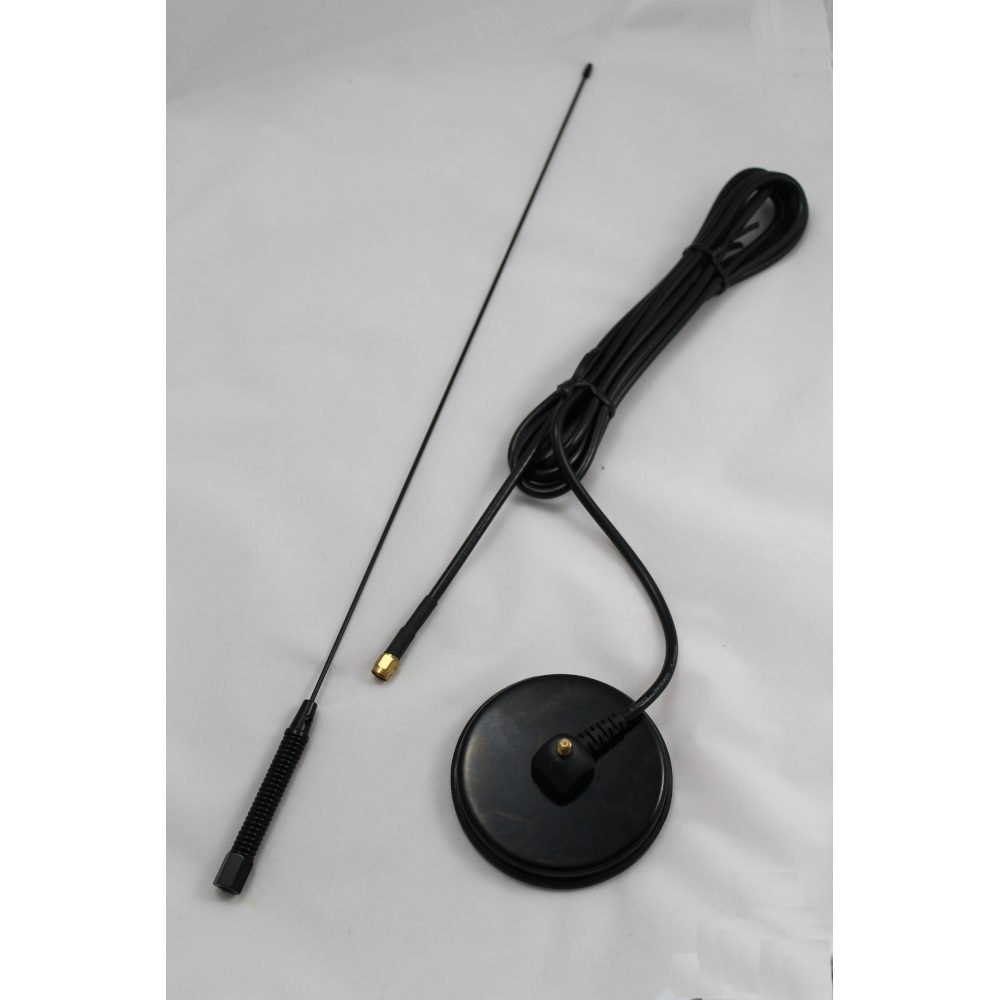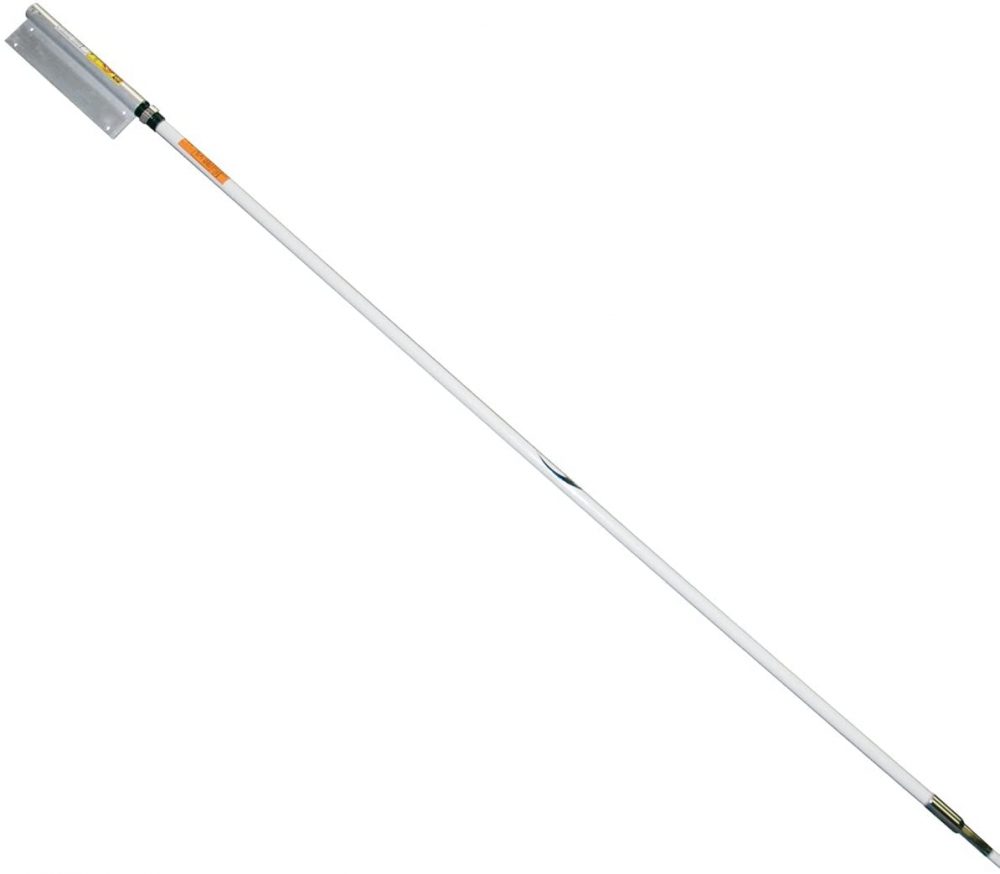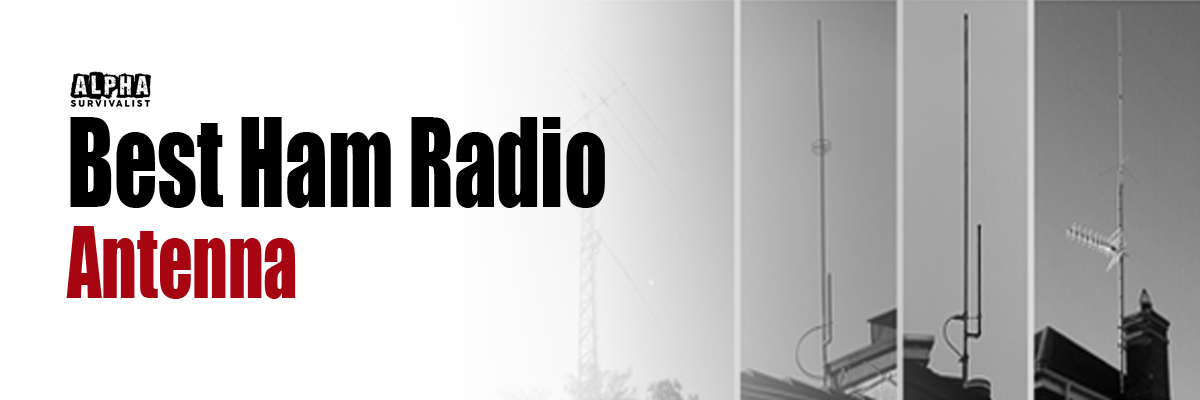Best Ham Radio Antenna – Static is just about the worse thing in the world to a ham radio operator, but you’re going to be hearing a whole lot of it if you don’t have a good antenna!
The good news is that you don’t have to blow a ton of cash just to get the best ham radio antenna around. In fact, plenty of hams build their own from pretty simple kits.
How to Choose the Best Ham Radio Antenna for Your Station

If you’re just planning on keeping a radio around for emergencies or want to be sure you can talk to someone even when the power goes out, then you’ll want to be sure that your antenna is cut for the 2m VHF band that lives between 144-148 MHz. This is by far the most popular with hams of all different types.
FM repeater inputs and outputs start pretty low on the band and go throughout out, so you want an antenna that has a fairly good amount of coverage if you want to use traditional voice. Keep in mind that while the technology is more or less the same as FM broadcast stations use, you can’t just use a car antenna because of the difference in frequency.
Unless you plan on operating on the 10m 28 MHz band, you don’t pick an antenna that has to be tuned. You want something that presents a 50Ω input impedance to your radio.
This is basically a measurement that tells your radio how to communicate with the antenna. Most ham radio manufacturers have standardized around this particular measure, so going with an antenna that offers this outright eliminates the need for some accessories.
You’ll also want an antenna that doesn’t use some sort of weird proprietary connector. Some companies have come up with some unusual designs that only they support, and they’ll be only too happy to sell you adapters that fit only their gear!
Just pick something with SO-239, BNC, or SMA connectors. You still might need a few accessories to get your radio and antenna talking to each other.
What Accessories are Needed to Use a Ham Radio Antenna?
When you have an antenna that doesn’t provide a good match for your radio, then you’ll need a trans match to get it to communicate. Tuning up an antenna is a complicated process that isn’t common among VHF/UHF radio operators, so it’s better to just pick a design that doesn’t need one.
Mounting hardware is useful if you want to put an antenna up outside of your home for your ham radio base station. Some antennas come with all of the hardware you need while others are a little more skimpy.
If you plan on mounting an antenna on the outside of your home, then make sure you either get an antenna that comes with all of the hardware you want or at least pick a design that you can mount by using a few convenient parts you pick up at a hardware store.
You’ll need some kind of feed line to get your antenna and radio hooked up unless you’re using a handie-talkie or handheld ham radio. In general, you want to use a relatively small amount of coaxial cable. Using too much can cut off your signal through a process called attenuation.
The Different Types of Ham Radio Antennas
Several different types of ham radio antennas are on the market, but verticals are probably going to be your most popular. These are little more than whips of metal that stand straight up.
More than likely, you’re going to want to invest in one if you’re going to take your radio on the road (best ham radio for car). Magnetic mounts, sometimes called mag mounts, adhere to the top of your car without making a mark. These usually feature a typical vertical whip antenna on the top.
Yagi-Uda antennas are probably what most people first think of when they think of ham antennas. These feature a single beam with a series of elements attached to it, and they’ve been in use since 1926! While they’re high performance, they tend to be really complicated.
Magnetic loops are popular with people known as DXers, who try to contact distant stations regularly. They respond to the electromagnetic aspect of radio waves, so you won’t get much static. They’re a popular option with anyone who wants to build their own antenna, but you have to be careful not to touch one after it’s been in use for a while.
There’s a good chance that you could shock yourself on one! In general, vertical antennas tend to be the least mechanically complicated. While they might not have the best performance across every frequency band, they tend to make up for it in terms of simplicity and how easy it is to maintain them.
5 Best Ham Radio Antennas
We tried to keep different aspects of the hobby in mind as we compiled this list. Some hams work a wider variety of bands than others, so your specific needs might vary a little bit.
Tram 1477 Pre-Tuned Dual-band Base Antenna

It has a solid 44 in fiberglass stem along with an integrated ground plane, which should get you some great coverage on FM simplex.
Best of all, it can withstand corrosion which has made it popular with hams who operate near saltwater.
Pros
- Hits distance repeaters
- Stable and solid construction
- Comes with all needed mounting hardware
- Won’t rust
Cons
- Won’t work with vehicles
- Relatively heavy
- Couldn’t be mounted in a horizontal orientation
Nagoya UT-72 Super Loading Coil 19-Inch Magnetic Mount

It includes support for 2m as well as 70cm and even comes with a special SMA adapter for those who use little HTs. Best of all, it’s quite affordable.
Pros
- Connects via PL-259 to mobile rigs
- Wideband VHF/UHF coverage
- Relatively low SWR
- Matches well across the band
Cons
- Mag-mount may loosen over time
- Not the best for serious DX usage
- Slightly flimsy
GP-1 146/446 MHz Dual-Band Heavy-Duty Fiberglass Vertical Base Antenna

It comes with a standard SO-239 connector that supports 50Ω coax.
Pros
- Great range
- Very stable
- Will stay up in a storm
- Perfect for contestants
Cons
- Must be mounted outside
- Can’t be used while mobile
- May need extra mounting hardware
Solarcon IMAX-2000 10/12m Base Station Antenna

Seasoned hams may remember the IMAX-1998 antenna, which was popular with serious radiosport competitors as well as people who wanted to be sure they could communicate in remote areas.
This is an updated version that provides all of the benefits of that original product while dramatically improving the overall frequency coverage.
Pros
- Can also work with CB radios
- Provides 5.1dBi gain
- Assembles easily
- Mounts to an antenna mast without much flexing
Cons
- Massive at 24ft.
- Needs to be tuned after changing frequencies
- Tops out at around 5,000V
Bingfu Ham Radio Vehicle Car Mobile Radio Antenna

While it’s not going to win you any awards, it’s compact enough to keep in an emergency kit and would even fit in your trunk.
You could mount it on the top of a vehicle and still get a good amount of receive coverage over the full length of 400-520MHz frequencies.
Pros
- Relatively inexpensive
- Attached RG58/U cable
- SMA & SO-239 antenna jack support
- Extremely light
Cons
- Somewhat flimsy
- Relies on a loading coil
- Cable length is short
Finally, the Best Ham Radio Antenna is….?
Considering that many ham radio operators value portability, you might very well want to invest in the Nagoya UT-72 while you’re on the road. For ham radio base stations, though, the Comet GP-1 is a dual-band classic. It’s got coverage on both VHF and UHF bands, features a standard connector, and presents a 50Ω input impedance to radios. You should find that it provides a decent amount of coverage without sacrificing anything in the way of stability or build quality.
If you plan on mounting an antenna on an outside pole, then you might not find anything better than the GP-1. While it may admittedly take a little extra hardware to get your new aerial up there, it should work great once it’s in place.


